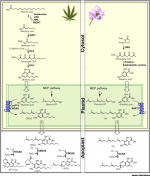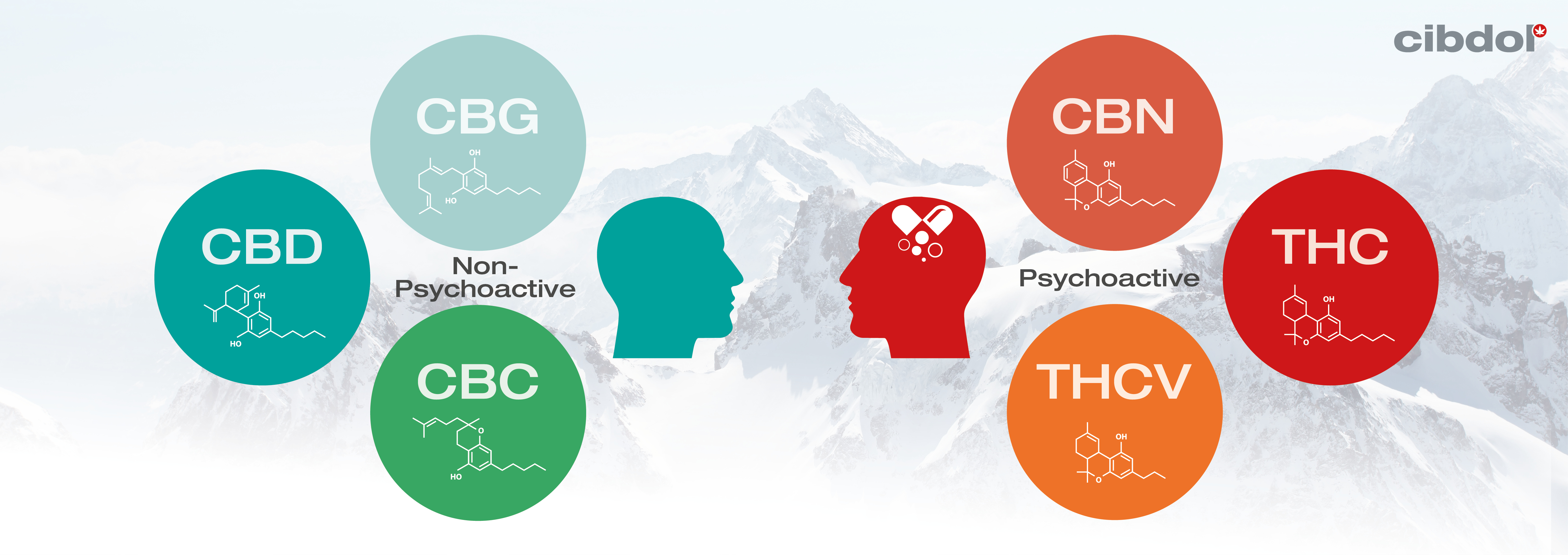Geographical distribution of early gold and silver artefacts found in Northwest China and Central Asia
(eighth-third century BCE)
https://heritagesciencejournal.springeropen.com/articles/10.1186/s40494-021-00520-5/figures/1

Scytho-Siberian art - Wikipedia























